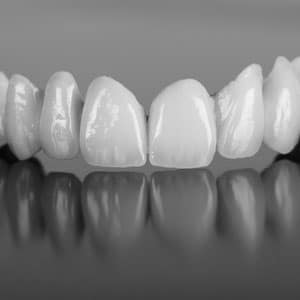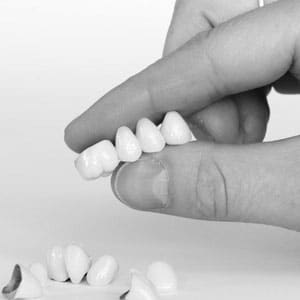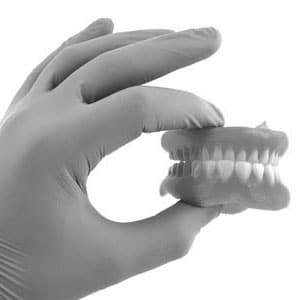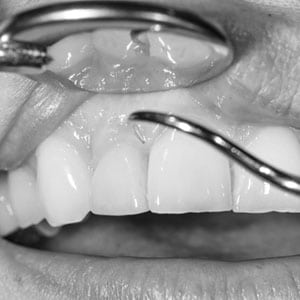Cosmetic & Restorative Dental Fillings In Lynnwood, WA
We are Conveniently Located in Lynnwood, Also Providing Dental Filling Services for Everett, Marysville, Redmond, Shoreline, Bothell, Edmonds, And All Neighboring Communities.
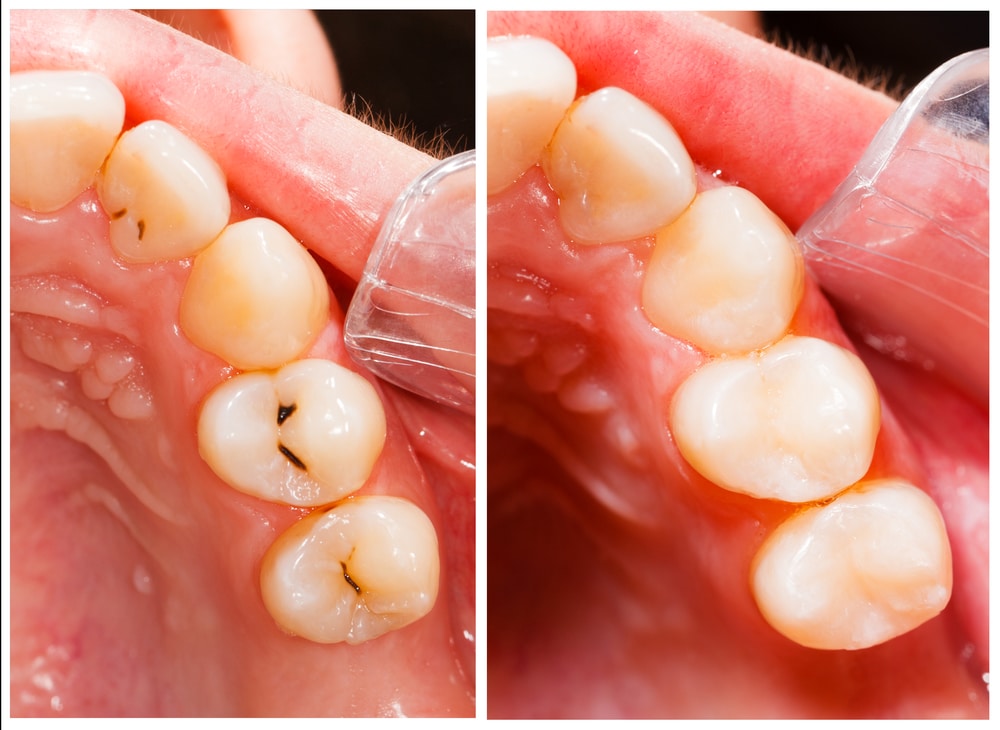
What You Need To Know About Dental Fillings
The placement of a dental filling is an extremely common procedure, as cavities are very common ailments. As this is the case, fillings are considered very safe and can be a necessary procedure to protect the health of a tooth. Fillings can often be placed in a single visit, and the process is relatively fast with minimal discomfort. If you have been diagnosed with a cavity or believe you may have one, set an appointment with your dentist to learn more about dental fillings.
Call our Office at (425) 742-9609 Today!
Different Types of Dental Fillings
Composite Filling
Composite is the most widely used filling material today. It is a relative of commercial fiberglass and is made from both plastic and glass materials to create a stable dental material. Composite resin lasts on average about 6-8 years, but can last longer, depending on how well the teeth are taken care of.
This type of dental filling has many uses, but is mainly used to restore decayed or broken teeth. Patients commonly prefer this material as it is more aesthetic. For this reason, composite filling material can also be used to reshape disfigured teeth or enhance the appearance of front teeth. Placement of composite fillings is very technique-sensitive.
Amalgam Filling
Amalgam filling is known more as a metal filling. It is created by a combination of different metals and creates an excellent seal in the oral environment. Elemental mercury is used to bind the metals together. Although this may sound like a dangerous filling to be used inside the mouth, the U.S. Food and Drug Administration (FDA) and the American Dental Association (ADA) validate amalgam as a safe dental material.
This material is extremely effective and lasts anywhere between 10 and 12 years before needing replacement, but does require the removal of more tooth structure and is commonly associated with fracturing teeth.
Call our Office at (425) 742-9609 Today!
Do I need a Dental Filling?
It is recommended to visit your dentist twice a year to make sure new cavities are not forming. Research shows there is a high level of accuracy in the detection of caries (cavities) when clinicians follow the International Caries Detection and Assessment System (ICADAS) protocol.
The goal of the dentist is to catch these lesions in the early stages, but more advanced lesions that have penetrated the tooth’s outer enamel layer will require a filling. Radiographs are also an important tool in detecting the presence of a cavity between your teeth. Your dentist will be able to identify whether fillings are required to remove decay from between your teeth.
Newer technologies that employ different light wavelengths to detect cavities are also available today. Academic studies have demonstrated a high degree of accuracy between these sensors and clinicians following the ICADAS protocol.
Decay that is starting on the pits and grooves of your teeth can easily be treated through the use of sealants, but once the decay has penetrated beyond the outer shell of enamel, into the tissue called dentin, then a filling will be required. It is the goal of the dentist to ultimately help you identify these lesions early and discuss ways to prevent future ones from occurring.
Steps Involved in Repair
Once your dentist has identified the need for a cavity, you will be scheduled to get a filling placed. It is always preferable to keep these fillings small. The process will first begin by numbing the affected area with a local anesthetic. Your dentist will administer this to ensure you feel no pain during the process. When it is certain you are completely numb, isolation will be established to keep the moisture level to a minimum.
He or she will then start by removing the damaged or decayed parts of the tooth. At this time, your dentist will determine just how damaged the tooth is and measure how much dental filling will be used to fill in the removed part of the decayed tooth. As soon as the decayed part of your tooth has been completely removed, your dentist will then thoroughly clean the internal aspect of the prepared tooth to ensure no bacteria are left behind.
The last step of the process is adding the dental filling. Your dentist will shape the resin after it’s filled in your tooth to match as closely as possible your existing tooth’s shape. Your dentist will likely ask you to bite down to ensure it doesn’t feel out of place and to make sure the resin fits comfortably. This procedure usually only takes a few hours and can be done in one appointment.
Post Procedure Tips
After routine dental work, it is helpful to wait until the numbness wears off before you resume eating. There is a risk of tissue injury while you are numb. A little jaw soreness can also be expected, and a little ibuprofen is recommended for the first day or so.
The other important thing to remember is to call the office right away if your tooth is sore after the procedure. During the placement of the filling, the final step is to verify the bite. However, it is not uncommon for your bite to feel a little “off” due to the numbness and awkwardness of reproducing your chewing cycle without food in your mouth.
It isn’t until you really start chewing and eating that the full range of motion against the filling is revealed. In cases where there is a small interference, the tooth becomes sore and sometimes sensitive to cold/hot. If this is the case, you need to call the dentist right away to have the filling adjusted. It is a quick and easy fix and can often be worked around your schedule.
Call our Office at (425) 742-9609 Today!
Dental Fillings For Children
If your child needs a dental filling, do not worry. This is much more common than you think. Primary teeth are more susceptible to cavities since they are much softer and weaker than adult teeth. The process for adult and child dental fillings is nearly identical.
Cost Of Dental Fillings
The cost of a dental filling may depend on a variety of factors, including the materials, which tooth, and other procedures that may need to be performed before the dental filling is placed. It’s also important to factor in dental insurance. While most insurance companies provide at least some coverage for the placement of dental fillings, the exact percentage will need to be discussed with your insurance provider. We can offer you a quote on the fee as well to help you determine your out-of-pocket costs.


